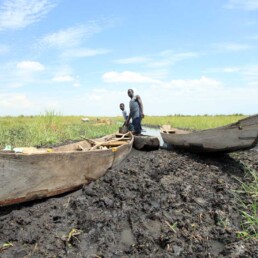
Ecological Infrastructure
Ecological infrastructure management and biodiversity conservation are critical aspects of sustainable water resources management in the Ruvuma River Basin.
Ecological infrastructure refers to the network of natural and semi-natural ecosystems that provide essential services for human well-being, including water regulation, water purification, erosion control, and habitat provision. Managing and protecting ecological infrastructure in the Ruvuma Basin is essential for maintaining the health and functionality of the river system.
Watershed Protection
The Ruvuma Basin’s upstream areas, including forests, wetlands, and catchment areas, play a crucial role in regulating the quantity and quality of water flowing into the river
Protecting and managing these ecosystems through practices such as reforestation, wetland conservation, and sustainable land use can contribute to maintaining water availability and reducing sedimentation and pollution in the basin.
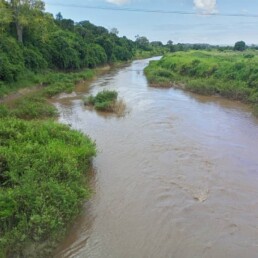

Biodiversity Conservation
The Ruvuma River Basin is home to a diverse range of plant and animal species, including several endemic and threatened species.
Preserving the basin’s biodiversity is essential for ecological balance, resilience, and the provision of ecosystem services. Biodiversity conservation efforts can include the establishment of protected areas, habitat restoration, and sustainable management practices that consider the needs of both people and wildlife.
Ecosystem Services
Healthy ecosystems in the Ruvuma Basin provide numerous services that support human well-being.
These include water provisioning, regulation of water flows, flood control, nutrient cycling, and recreational opportunities. Conserving and managing the basin’s ecological infrastructure ensures the continued provision of these vital services to local communities and the broader region.
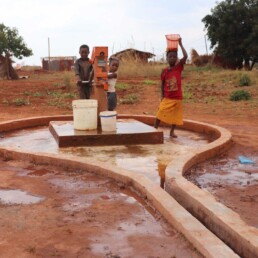
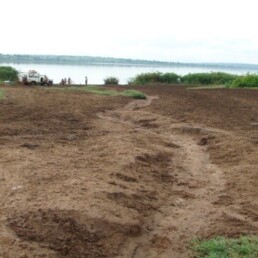
Climate Change Resilience
Ecological infrastructure and biodiversity conservation contribute to the basin’s resilience to climate change impacts.
Intact ecosystems can help regulate water availability during droughts, mitigate floods, and support adaptation efforts. Conserving biodiversity and maintaining healthy ecosystems enhance the basin’s ability to withstand and recover from climate-related challenges.
Stakeholder Engagement
Effective ecological infrastructure management and biodiversity conservation in the Ruvuma Basin require collaboration and engagement with various stakeholders.
This includes governments, local communities, indigenous groups, NGOs, research institutions, and other partners. Involving stakeholders in decision-making processes, promoting awareness, and supporting sustainable livelihoods that are compatible with conservation objectives are essential for long-term success.
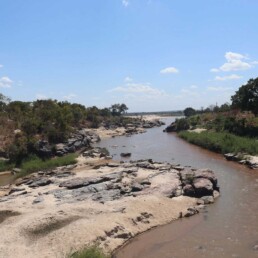
Resources
Lorem ipsum dolor sit amet, consectetur adipiscing elit, sed do eiusmod tempor incididunt ut labore et dolore magna aliqua.
